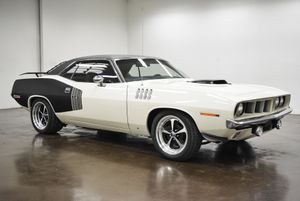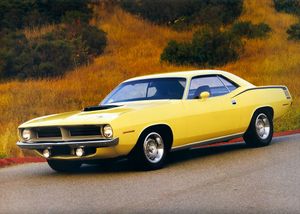The Chevrolet Chevelle is a mid-size vehicle produced for the 1964 through 1977 model years through three different generations.
Chevrolet Chevelle - One of Chevy's most successful muscle cars.
The Chevrolet Chevelle is a mid-size vehicle produced for the 1964 through 1977 model years through three different generations. Being one of Chevrolet's most successful cars, the Chevelle was offered in coupe, sedan, convertible, and station wagon versions. The car sat atop the all-new General Motors A-body platform. The high-performance Super Sport (SS) was produced through the 1973 model year.
The Laguna, a name attached to the Chevelle Malibus from 1973 to 1977, was the most successful model, and also, used largely NASCAR. The El Camino was revived after a four-year absence and came back for the 1964 model year as part of the Chevelle lineup. Introduced in 1970, the Monte Carlo sat on a platform that was heavily based on the Chevelle, although it was lengthened before the firewall. The Chevy Malibu was the top-of-the-line model through 1972, and the name eventually replaced the Chevelle for the 1978 model year following a redesign.
First-Generation (1964 - 1967)
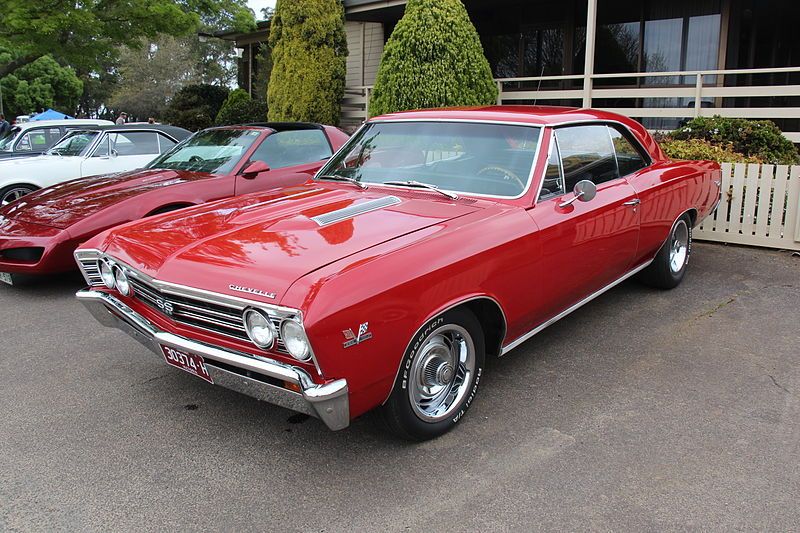
Built as a fierce competitor to the Ford Fairlane introduced in 1962, the Chevrolet Chevelle based on the all-new A-body platform for the 1964 model year. Designed to fill the void between the smaller Chevy II and full-size Chevrolet models, the Chevelle rode on a 115-inch wheelbase and was the only new car introduced for 1964. A success right off the bat, Chevrolet sold 338,286 Chevelle models during that first initial year.
The Chevelle was offered in two-door hardtop coupes (Sport coupes) and convertibles as well as four-door sedans (Sport Sedans) and station wagons. In 1965 and 1966, a two-door station wagon was available based of the 300 series. The station wagons had unique nameplates including Greenbrier, Concours, and Concours Estate. All models were powered by either a V6 or beefy V8 engine. This new A-body platform utilized a body-on frame design and was equipped with a four-link rear suspension.
Second-Generation (1968 - 1972)
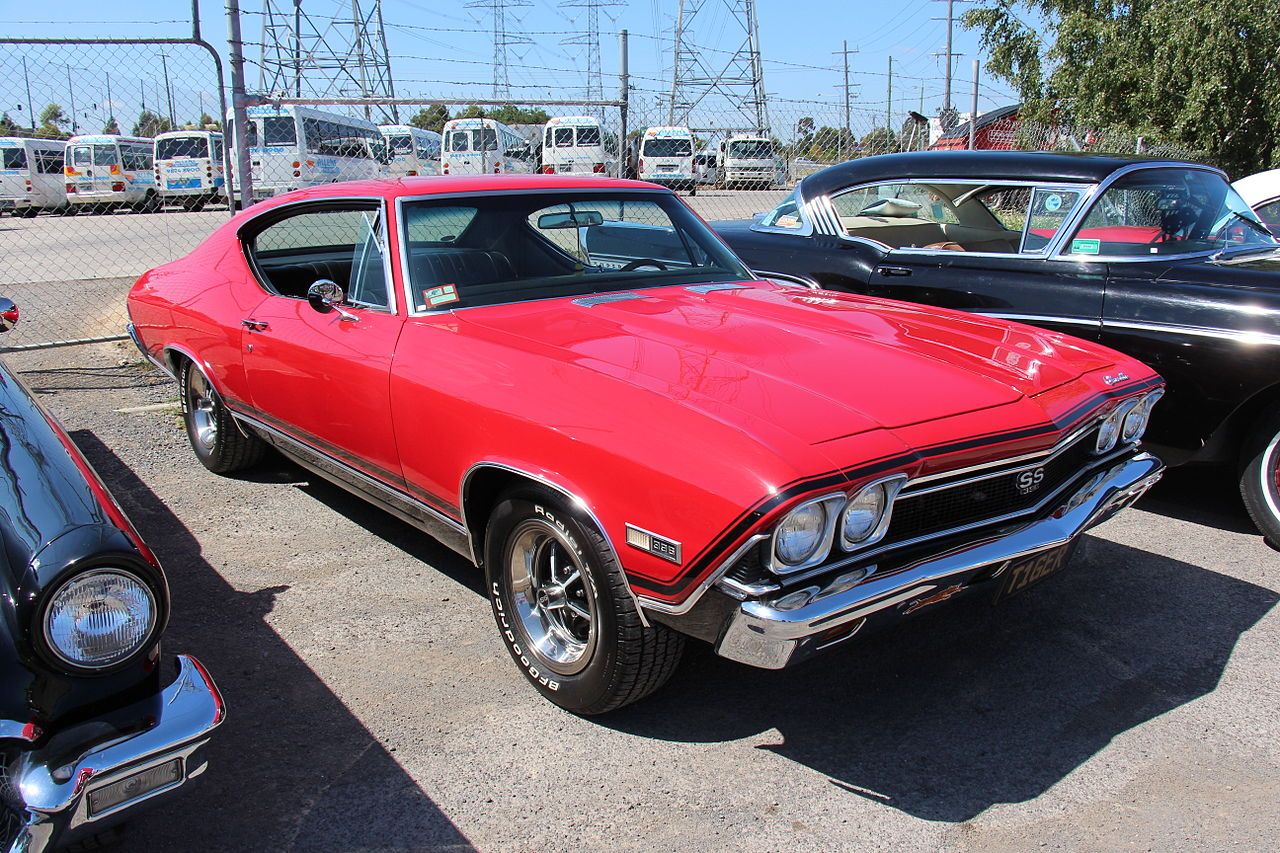
Kicking off the second-generation was the 1968 Chevrolet Chevelle with the car featuring a redesigned and sculpted body. Now, the '68 Chevelle coupes and convertibles now rode on a a 112-inch wheelbase instead of the prior year's 115-inch wheelbase. Station wagons and sedans rode on a 116-inch wheelbase. A semi-fastback flowing roofline was apparent when glancing at the profile with a long hood and short deck. The higher trim models (SS 396 and luxury Concours) were given A Hide-A-Way wiper system which would be implemented into lower model Chevelle models later on. The base model Chevelle 300 came in either pillared coupe or station wagon form (Nomad), and the Super Sport as its own series. The El Camino was given its own SS396 series designation for the 1968 model year only.
Powering the base model Chevelles were either a Turbo-Thrift Six (140-horsepower) or Turbo-Fire 307 V8 engine (200-horsepower), an AIR (Air Injection Reactor), smog pump, and manual transmission.
The SS396 is like its name, a 396-cubic-inch Turbo Jet V8 tucked under a dual-domed hood, and the car came with factory 14-inch wheels. For an additional cost, one could choose between the 396-cubic-inch V8 with either 350-hp or 375-horsepower. Powering the Malibu package was a 307-cubic-inch V8 engine, and it came with vinyl bucket seats. The Concours model was the luxury version with woodgrain trim, a padded dash, instrument panel, and more.
Third-Generation (1973 - 1977)
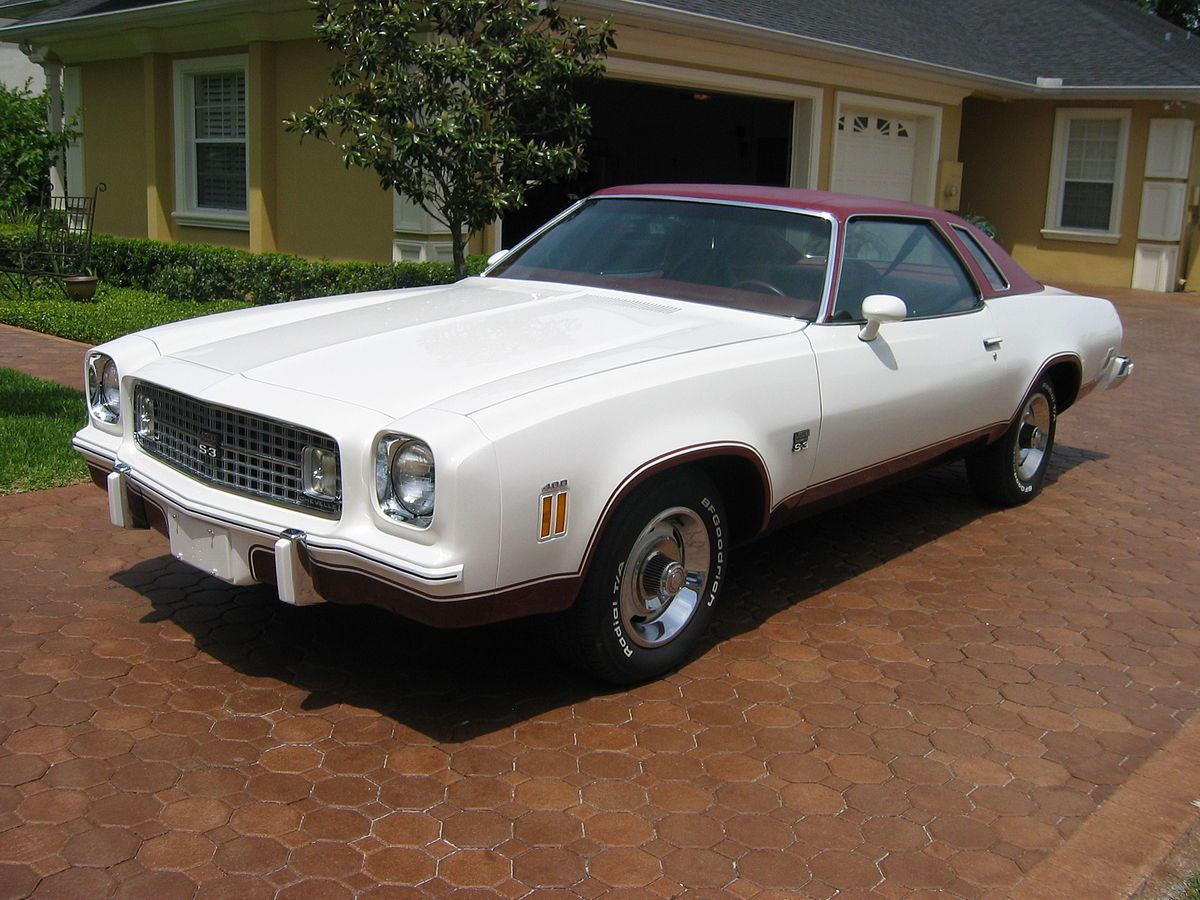
For the first time in its decade-long history, the third-generation Chevelle was given a major overhaul for the 1973 model year. The convertible and 4-door hardtop models were axed thanks to concerns over the proposed Federal rollover standards. The two-door hardtop was a now a pillared coupe called the "Colonnade Hardtop" that featured a semi-fastback roofline. Structurally sound "B" pillars were added just in case of a roll-over accident. The Chevelle body for the third-generation were five inches (127 mm) longer and one inch wider along with a one-inch wider wheel track. Station wagons were available in both 6- and 9-passenger versions.
The Laguna, a name Chevy gave to its Chevelle Malibus, was produced from 1973 through 1977. The most successful model, these were largely used by NASCAR.
The third-generation had a few power options available throughout the years including a 250-cubic-inch inline-six, a 305-cubic-inch V8, 307-cubic-inch V8, a 350 V8, a 400 V8, and a 454 big-block V8. Transmissions included a 3-speed manual, a 4-speed manual, and a 3-speed automatic.
By the time the 1973 model year was over, the Super Sport was axed along with the massive 454-cubic-inch V8, more than likely because of the oil crisis and gas shortage. At the end of the third-generation, the Chevelle name was completely dropped in favor of "Malibu".
Production
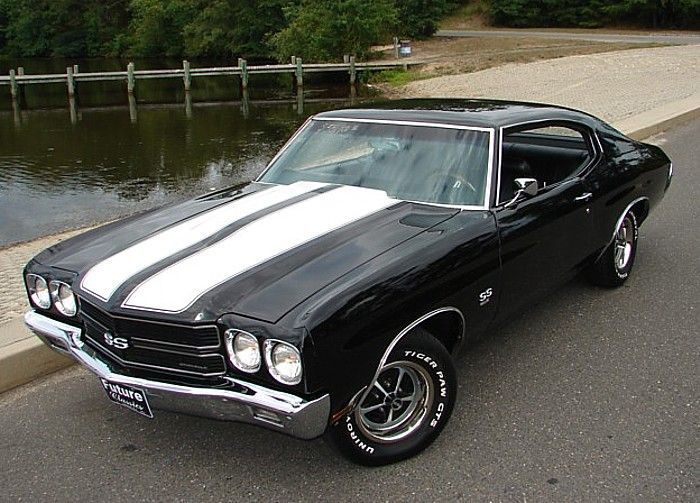
During the Chevelle's initial 1964 model year, 294,160 first-year Chevelles were built and sold, including 76,460 SS models. An instant hit, Chevelle sales increased each year, although the numbers includes the Malibu, El Camino, and Monte Carlo. The production number for the 1972 model year is 450,842 (without the Monte Carlo). Many different body styles and power plants were available to choose from, as well as cars that shared the Chevelle name. (The Oshawa, Ontario plant numbers are only available from 1969 through 1972.)
The Chevelle was a reigning muscle car back in the late '60s and early '70s, and easily tops the dream car list of many enthusiasts everywhere. With a fastback sloping roofline on a muscular body, there's no denying the Chevelle's attractive aesthetic. To make it even better, pair that with a big, beefy V8. Back in the muscle car era, the Chevelle was a reigning king of the road, and it still a highly desired model today.
About the Knowledge Base
The Motorious Knowledge Base provides comprehensive vehicle overviews for Classic & Collector Cars including production numbers, performance specs, factory colors, and OEM brochures. Check out related content linked to this article or view other Makes and Models in our Research center.If you have any interesting facts about the Chevrolet Chevelle to add, want to tell us how we did covering the Mustang, or want to tell us about yours, please leave a comment below.

